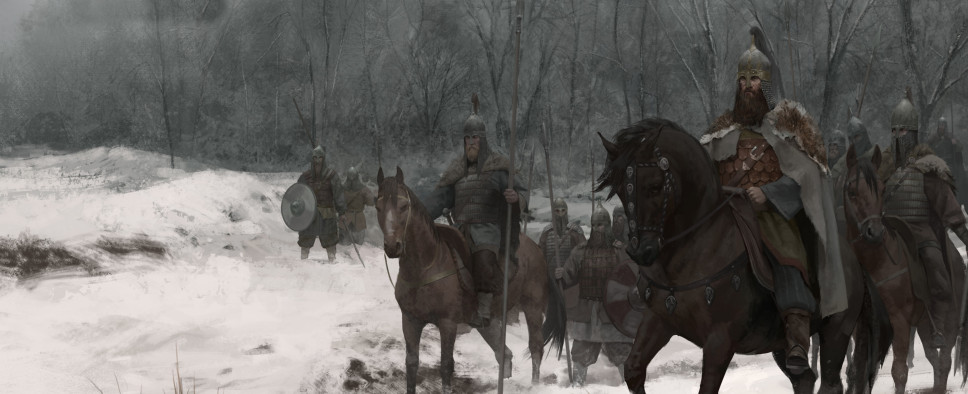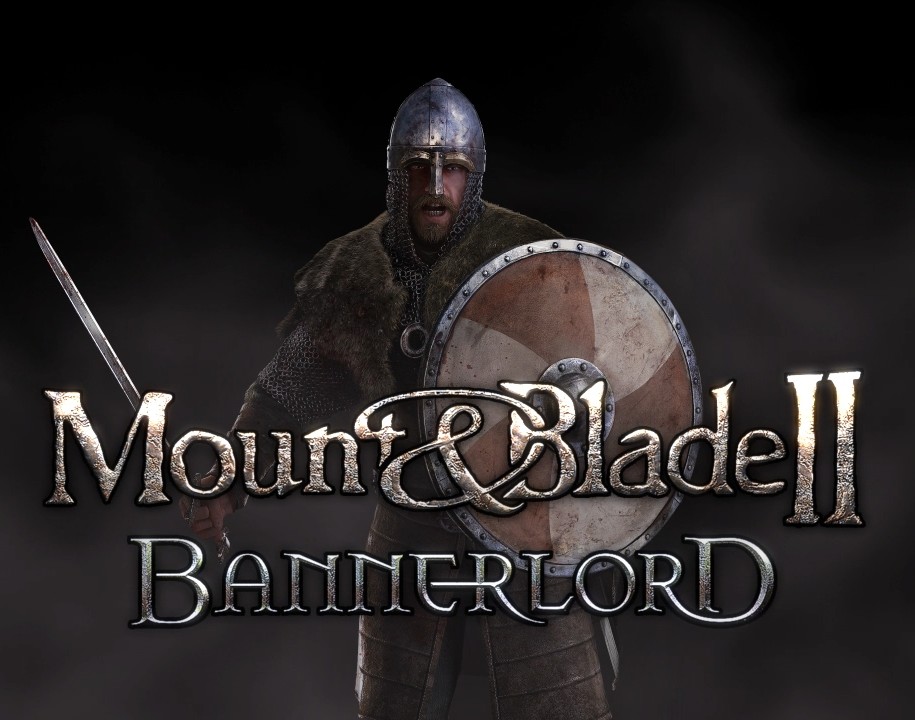Mount & Blade II: Bannerlord Early Access Review
-
Category: ReviewsHits: 12185

Article Index
Introduction
Developed by TaleWorlds Entertainment - an independent Turkish team that started off as a husband and wife duo - Mount & Blade is a sandbox RPG that launched back in 2008 and quickly became a cult classic thanks to its high degree of freedom, complex systems, emergent gameplay, and a thriving mod scene. The game was followed by the Warband expansion in 2010, as well as a number of other, semi-official, expansions developed in collaboration with outside studios.
The main team, in the meantime, set its sights on something bigger - a proper sequel. It took quite a while for them to get there, but after nearly a decade, we can now finally play Mount & Blade II: Bannerlord, even if just in early access. But seeing how as of the moment of this writing, Bannerlord’s early access version already offers enough content to fill several games, we figured it deserved a closer look.
Memories of Calradia
For whatever reason, I vividly remember the moment when I first heard about Mount & Blade. It was back in 2006, maybe 2007. A buddy of mine was telling me about this new game he recently discovered. It had you play as a wandering knight in a fantasy land known as Calradia. This Calradia was clearly inspired by medieval Europe and as such, featured neither magic nor dragons.
Instead it offered you unprecedented freedom in what you could do. After you created a character by answering a number of questions about their past, which determined their starting attributes that you later increased by using related skills and leveling up, you were dropped onto a vast overland map. From there, you could pick a direction and go do whatever piqued your interest.
After hiring a couple of eager volunteers from nearby villages and over time training them up into a formidable force, you could align yourself with one of the local lords and help them conquer the land. Or you could start your own kingdom. Or just be a mercenary and swoop in whenever you saw an opportunity for some action, which in Calradia meant massive field battles or sieges with hundreds of simultaneous participants.
You could socialize with NPCs, open up shops, become filthy rich by trading, marry into nobility, manage a castle or even a city, or just be an outlaw and waylay everything that came near you. And the most amazing thing was that even if you decided to do absolutely nothing, the game would just go on without you. Kings would squabble and declare war on one another. Their vassals would run around training their own retinues. Caravans would carry goods between cities. And various flavors of brigand would try to steal anything not bolted down.
And underneath it all, you had a complex combat system where you not only had control over the direction of your swings, but you could also adjust their angle on the fly to go around your enemies’ shields and blocks. And if that wasn’t enough, the game took momentum into account, which made attacking from horseback especially devastating.
Back then, a game like this seemed almost too good to be true. The idea of playing as a guy, a single character you created, who could fight on foot or while riding a horse, while also commanding an entire army in real time was jaw-dropping. Creating shield walls, harassing enemies with cavalry, defending a strategic hill with a bunch of archers, it was all there and you had the front row seat to all of it. Add to that a larger overworld layer where you got to traverse the land while managing supplies and army morale, do quests and engage in diplomacy to achieve whatever goals you had set for yourself, and only then would you finally see what Mount & Blade truly was.
Also noteworthy was the fact that at the time the game wasn’t even out yet. You could get an early version directly from the developers’ website way before it made its way to Steam. Back then, early access didn’t have the same negative connotations it has today, when it’s often used to deliver an unfinished product and then disregard any and all criticisms by repeating “it’s not finished” until everyone forgets you exist. No, back then it was seen as an exciting opportunity to get in on the ground floor and be a part of development. Or at the very least feel that way.


